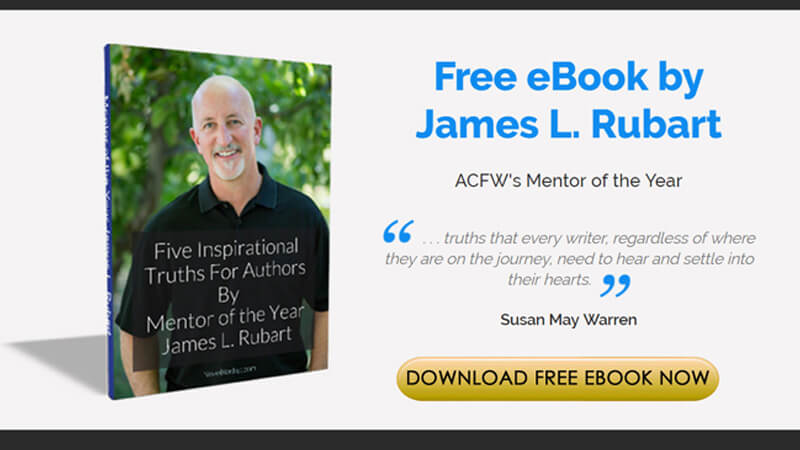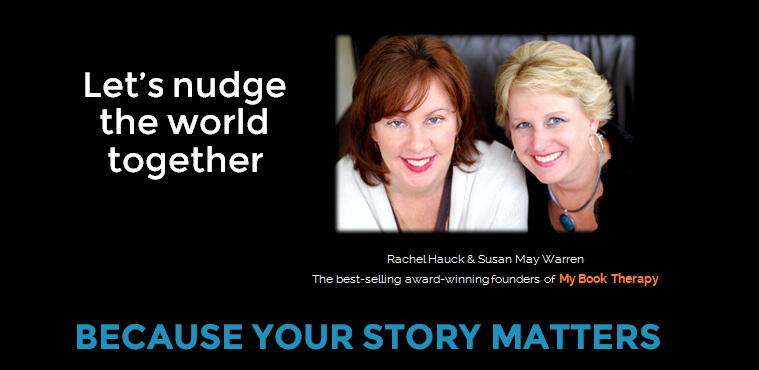
Yes, I’m back to my youthful days of three-ring binders, sheet protectors, pocket dividers, and loose-leaf paper. All that’s missing is the graffiti.
My notebook has to have a clear pocket in front for the title sheet or a copy of my book cover. Having a side pocket on the binder is a plus, so that I can see at a glance which book the binder represents.
My sections are divided as follows:
Synopsis.
Sometimes life pulls me away from my story and the synopsis reminds me where I was going—also helps me not to stray too far from the story I promised my editor.
Characters.
After browsing through magazines and websites with pictures (I use mostly gettyimages.com), for the perfect character photos, I copy the photo onto a page with my character’s bio, then plunk it in the notebook. I love this because it not only keeps his/her physical attributes before me, but seeing the picture also makes the character more real to me.
Outline.
I hear you groaning. Yes, I’m one of those. But before you seat-of-the-pantsers run for the chocolate, you should know that I normally only outline a chapter or two ahead (enough to know what I’m writing the next day), so if you’re going for chocolate, bring me some. J
Just as an insert here, my outline for each chapter looks something like this:
CHAPTER ONE: Pages 1 through 12
SCENE 1.1 POV: Carly DATE: Friday, May 25
Meet the characters. Show Carly bantering with Scott (co-owner). The chapter ends with Carly finding out that Jake is moving back.
I put in the pages so I keep my chapter lengths fairly consistent. The Scene 1.1 refers to chapter one, scene one. This is really helpful when substantive edits come. My editor might suggest that I move some scenes around. A quick look through my outline lets me know where the scenes are located. The POV lets me know if the wrong character is taking over, and the date keeps my timeline straight—which really comes in handy when the editor has timeline questions.
Of course, my outline may change with my writing. When that occurs, I merely go back in and correct it to reflect what actually did happen.
Research.
Brochures for a setting, historical information, whatever I’ve collected for the story, is lumped in here for easy reference.
Reader Letters.
My mom’s letter goes in here. J
Correspondence.
Any communication with my publishing house, whether it’s marketing, editorial, whatever, would go in here.
Expenses.
For tax purposes, I keep copies of receipts for any expenses incurred (travel, post cards, bookmarks, book club information, free giveaways).
Finally, working at a coffee shop fuels my creativity. Something about the smell of coffee, the murmur of people around me, all that motivates me. A storyboard would be hard to take with me when I go to work, but a notebook is handy and easily transported to my various work places.
Another plug for the notebook is for sequels. I was asked to do a sequel to Hot Flashes & Cold Cream after the book was already published. My notebook came in handy while I wrote Hot Tropics & Cold Feet because it put me back in touch with my characters, and I was able to immediately reconnect with them.
After writing the book, if you don’t want to keep the binder because of its bulkiness, you can always pull the info out and bind it with a rubber band for filing.
And there you have it. For better or for worse (shameless plug for my January release), my views on the notebook. For Better or for Worse
For Better or for Worse
She's a wedding coordinator ... He's a divorce attorney
She begins marriages ... He ends them.
How could these two possibly find common ground?
Wendy Hartline is finally starting to settle into the single life. After a difficult season of grief following her husband's death, she's taken over the family business of coordinating memorable weddings.
Life has become ... comfortable.
Then the charming and incredibly frustrating Marco Amorini opens a legal practice—specializing in divorces next to her wedding chapel and stirs up everything.
Wendy learns that perhaps there is such a thing as second chances in this hilarious story of the pleasures and pains of new love in midlife.
Review:
Diann Hunt frosts a three-tiered-wedding-cake of a story with the delectable icing of humor. Poor Wendy not only has to deal with her own love life, her daughter and son-in-law are tossing grenades at each other. To top it off ... well no, I'm not going to tell you any more of the story. Suffice it to say I kept my husband up with my giggling last night, so For Better or for Worse has been banned from the bedroom.
If you enjoy laughter, I highly recommend For Better or for Worse.























Thanks for sharing your notebook organization, Diann. Sounds like it would be very helpful.
ReplyDeleteI'm just glad to know I'm not alone in this method of writing. You read of so many who are SOTP writers (seat of the pants). Sheesh!
ReplyDeleteThansk, Di!
I love how you have everything organized. I have multiple Moleskines laying around with random scribbles. :)
ReplyDeleteLOL, Tina! I have those days, too. I've learned to use the notebook for other things as well. For instance, my "first" notebook was created when our daughter got married. I kept everything pertaining to the wedding in that thing. It saved us on more than one occasion.
ReplyDeleteNow, lest you think I'm this neat, organized person, nothing could be further from the truth. That's exactly why I keep a notebook. It's called survival. Without that, I'd never get that book written--well, without that AND chocolate. :-)
Great post, Diann. Thanks, NJ, for bringing us this. Your new book sounds so fun. I'm ordering it now. And great advice about plotting.
ReplyDeleteDiann, I just finished reading "For Better or for Worse," and it was a great novel; I fell in love with the characters and the plot, please write a sequel! PLEASE!!!
ReplyDelete